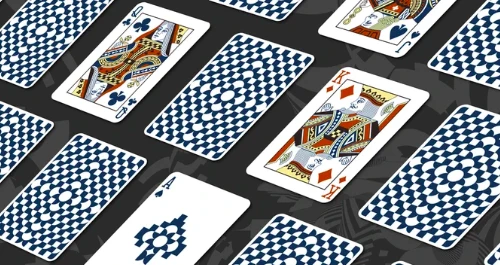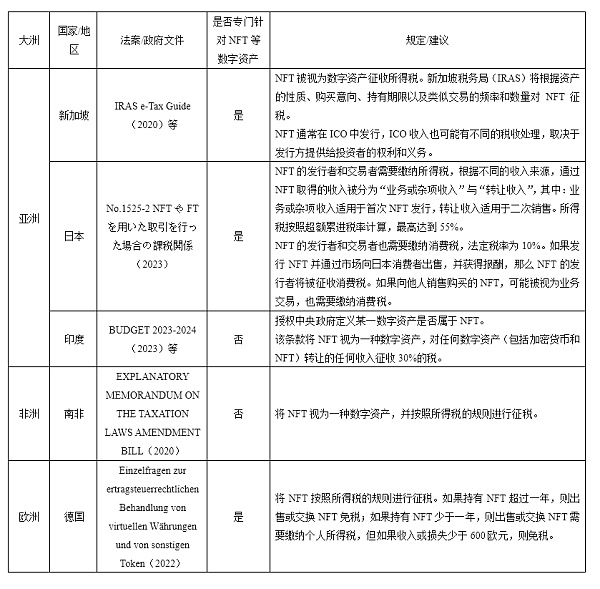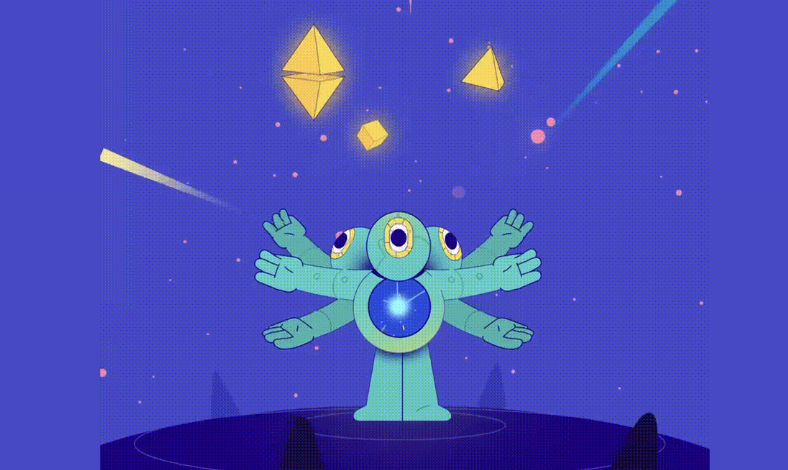a16z Zero-knowledge proofs are just a magic trick
a16z Zero-knowledge proofs are magic tricksThis article is from | a16z
Author | Michael Blau
Translation | Odaily Planet Daily Azuma
Editor’s note: As a “cheat book” for the development of Crypto in multiple directions such as scalability and privacy, zero-knowledge proofs (ZKPs) have been highly anticipated by the industry. However, most of the explanatory content for this concept is targeted at people with a certain background in computer science or cryptography, so for most ordinary users, there are still certain barriers to fully understanding the concept itself.
- Stanford Blockchain Week Highlights MEV, L2, ZKP, On-chain Order Book…
- Visa Deep Dive into the High-Performance Blockchain Network Solana, Why is it the Choice for Visa Payments and Stablecoin Settlement?
- Principles, Current Applications, and Risk Mitigation of Intent
On September 8th, a16z partner Michael Blau published an informative article about zero-knowledge proofs. The article cleverly avoids the abstract mathematical speculation of the concept of zero-knowledge proofs and instead uses magic tricks to concretely demonstrate the utility of ZKPs.
Below is a translation of Michael Blau’s original article by Odaily Planet Daily (written in the first person), with some deletions and modifications for the sake of smooth reading.

Arthur C. Clarke, the author of “2001: A Space Odyssey,” once said, “Any sufficiently advanced technology is indistinguishable from magic.”
Zero-knowledge proofs are one of those magical technologies. They are actually a cryptographic concept that can be used to solve two major challenges in Web3: scalability and privacy.
In terms of utility, adopting zero-knowledge proofs helps reduce on-chain transaction costs and design new privacy-centric apps, thereby promoting the spread of Crypto to billions of users. Apart from Crypto, ZKPs also have the potential to be applied in secure transmission of sensitive data, helping to combat illegal financial systems or fight against rampant fraud.
But what exactly is a zero-knowledge proof? For a small number of researchers and developers, there are many detailed explanations available online, but these contents are not aimed at ordinary users with less experience in computer science or cryptography. Although some pioneers have also written some analogical popular science articles, finding a concise and accessible explanation of zero-knowledge proofs that can help ordinary people grasp its magic accurately is still not a simple task.
So in the following article, I combine my background in Crypto and the magic industry to explore a new analogy—imagining zero-knowledge proofs as a great magic trick.

First, let’s start with some basic knowledge.
I will first share the “advanced” definition of zero-knowledge proofs (especially its classic algorithm zk-SNARK) and its main characteristics, and then correspond these “components” to a magic trick one by one.
a16z’s research partner Justin Thaler’s definition of zk-SNARK is: “zk-SNARK allows someone (the prover) to prove to another person (the verifier) that they know some data without revealing any information about the data itself.“
The definition given by MIT is: “A zero-knowledge protocol allows me to prove to you that I know a fact without needing to tell you the fact itself.“
This has great application value in the context of blockchain because:
-
(corresponding to privacy) Zero-knowledge proofs can protect private information while allowing others to verify the authenticity of the information.
-
(corresponding to scalability) Zero-knowledge proofs can “simplify” and “save” work. “Simplification” means that the size of the “proof” is smaller than the “data” being proven; “saving” means that the efficiency of the verifier checking the “proof” is higher than analyzing the original “data” itself. In Ethereum, this means that the data processed by smart contracts will be less, resulting in lower gas costs for users. Layer2 can also leverage these features to allow Dapps to process more data at a lower cost.
In summary, zero-knowledge proofs have two main characteristics:
-
First is privacy: The “data” (or “fact” or “knowledge”) being proven will not be revealed to the verifier.
-
Second is scalability: Verifying the “proof” is more efficient than directly analyzing the original “data”.
This is the classic explanation of zero-knowledge proofs, but it still sounds like a riddle – how can someone prove that they know something without sharing information?
Let’s look at this definition again, but this time, let’s turn it into a magic trick.
Magic itself is a zero-knowledge proof.
Simply put, in a magic performance, the “magic” itself is a zero-knowledge proof. To perform a magic trick, the “magician” needs to know the “secret” behind it. They can only perform the trick if they know the secret, but they certainly don’t want to reveal the secret to the “audience” – that would obviously ruin the magic trick.
-
Odaily’s note: Note that four roles are marked in quotation marks here.
The “secret” corresponds to the original “data”;
The “magic” corresponds to the “proof”;
The “magician” corresponds to the “prover”;
The “audience” corresponds to the “verifier”.
Next, we will bring the “advanced” definition of zero-knowledge proofs from the previous paragraph into this magic trick, imagining the magician as the “prover” and the audience as the “verifier”.
The magic performance is a process of proof from the “prover” to the “verifier”. If the performance is successful, it is equivalent to a valid proof, and the audience can confirm that the magician must know the secret behind it; if the performance fails, it means the proof is invalid, and the audience, in addition to disappointment, will also realize that the magician may not be aware of the relevant techniques.
Obviously, magic clearly demonstrates the privacy of zero-knowledge proofs, because the audience is never informed of the secret behind it. So what about scalability? Let’s continue with this metaphor…
If the audience wants to know if the magician knows the secret (“prover” understands the original “data”), they can completely skip the normal performance and simply ask the magician to share the secret itself. However, the techniques of magic are generally complex and intricate, and it is difficult for the audience to understand the design mechanisms and implementation effects of these techniques in a short period of time, let alone fully master them. The magician can even provide a false technique, and it is difficult for the audience to discern its authenticity. Therefore, analyzing the secret itself to complete the proof often requires a long time and a lot of work.
This is similar to the fact that directly analyzing the original “data” is more time-consuming and laborious. Checking the efficiency of “proof” will be higher, which reveals the scalability of zero-knowledge proofs.
Using playing cards as an example
For a simple example, let’s say I boast that I have the skill of “reverse shuffling” and can shuffle a chaotic deck of cards into the desired order. How can I prove it to you?

The most efficient way is for me to directly shuffle a deck of cards with a certain pattern for you. When you see this deck of cards, you can confirm that I do have this skill. This does not require me to share the technique with you and is faster than you learning it yourself.
In conclusion, I hope this analogy helps to unveil the mystery of zero-knowledge proofs. This explanation of “magic,” “secret,” “magician,” and “audience” can serve as an effective model for understanding the main characteristics of zero-knowledge proofs and help more ordinary users understand this concept.
Once again, magic is essentially a zero-knowledge proof, which is no different from magic.
We will continue to update Blocking; if you have any questions or suggestions, please contact us!
Was this article helpful?
93 out of 132 found this helpful
Related articles
- Excitement in the NFT Winter Doodles Releases Limited Edition Holed Shoes, Sold Out in 72 Hours
- Analyzing the potential risks of the TG BOT track from a domestic legal perspective
- Vitalik’s Full Text on the Evolution of Ethereum in Singapore Ten Years of Ethereum and Current Challenges
- Weekly Selection | Market Weakness, TG BOT Track Has a Unique Landscape; MakerDAO Wants to ‘Defect’ from Ethereum; Lido Faces Centralization Doubts Again
- Understanding Zan, the latest Web3 brand of AntChain, in one article.
- Flashbots Research Report A Beam of Light for MEV, Piercing the Dark Ethereum Night Sky
- Cartridge A new player in the gaming industry, advancing together with infrastructure and game development.






